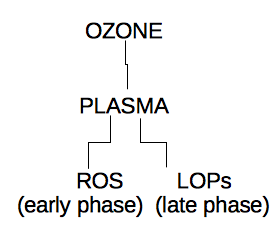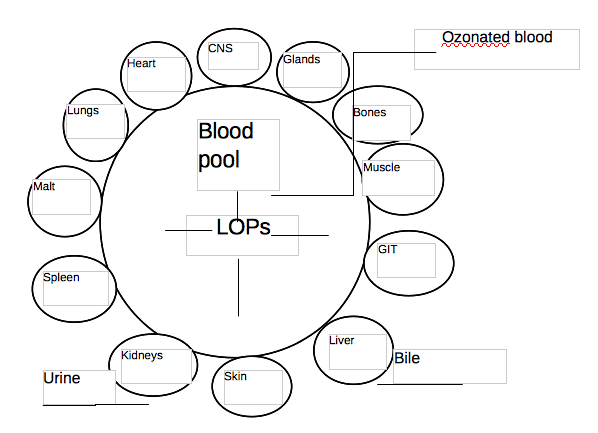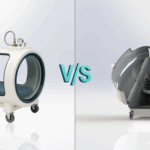We often get asked the question how does ozone work in your body, specifically through the ozone steam sauna. We have decided to share this excerpt from Dr Velio Bocci’s book which is based on scientific research. This research also brings to light that the previous notion of ozone entering the body through open pores was a very elementary explanation, and that there is much more to it.
Just a preemptive warning, this piece contains highly medical and scientific language. Let us know what you think.
How Does Ozone Work?
The administration of ozone causes a number of biochemical, pharmacological and psycho-neuro-immunological reactions to take place. As ozone is one of the most potent oxidants, we must learn to tame it through controlling therapeutic doses.
Ozone, as any other gas, readily dissolves in the water, either of the plasma (the liquid part of blood) or into extracellular fluids, or into the thin layer of water covering the skin and particularly the mucosae of the respiratory tract, gut vagina etc. Ozone, being a potent oxidant REACTS IMMEDIATELY with a number of ions and biomolecules present in biological fluids, namely antioxidants, proteins, carbohydrates and preferentially, polyunsaturated fatty acids (PUFAs) bound to albumin. This reaction uses up the total dose of ozone and generates hydrogen peroxide and a variety of aldehydes known as LIPID OXIDATION PRODUCTS. Some of the ozone is neutralized by the antioxidants present in the plasma and only the reaction with PUFA is responsible for the biological and therapeutic effects. Low doses of ozone are therefore ineffective, but higher doses of ozone do not overwhelm the antioxidant capacity of plasma and insures against any damage to blood cells.
The scheme intends to show that ozone dissolved in plasmatic water or water film, reacts immediately with a number of biomolecules and disappears. The compounds generatde during the reaction (ROS –Reactive Oxygen Species and LOPs – Lipid Oxdation Products) represent the “ozone messengers” and are responsible for the biological and therapeutic effects.
The multivaried biological response of the organism to ozonated blood can be envisaged by considering that ozonated blood cells and the generated LOPs interact with a number of organs. Some of these represent real targets (liver in chronic hepatitis, vascular system for vasculapathies), while other organs are probably involved in restoring normal homeostasis. CNS: central nervous system, GIT: gastrointestinal tract, MALT: mucosal associated lymphoid tissue.
The most important ROS is hydrogen peroxide. As soon as ozone dissolves in the plasmatic water and reacts with PUFA’s, the concentration of hydrogen peroxide starts to increase, but just as rapidly decreases, because this unionized molecule diffuses quickly into erythrocytes, leukocytes and platelets, where it triggers several biochemical pathways. This increased concentration of hydrogen peroxide is not toxic to the cell thanks to the presence of powerful antioxidant enzymes such as catalase, glutathione-peroxidase and free reduced glutathione.
During prolonged ozone therapy, the erythrocyte population will include not only cells with difference ages, but, most importantly, erythrocytes with different biochemical and functional capabilities. This process of cell activation is very dynamic and don’t last forever because blood cells have a definite life-span and a limited biochemical memory; therefore the therapeutic advantage must be maintained with less frequent treatments.
Conclusions
What happens when the human body and blood is exposed to therapeutic doses of oxygen-ozone?
Both gases dissolve in the water of plasma, depending upon their solubility, partial pressure and temperature. While oxygen readily equilibrates between the gas phase and erythrocytes, the ten-fold more soluble ozone cannot equilibrate because it reacts with biomolecules present in the plasma and water. The reaction yields hydrogen peroxide and lipid oxidation products; this causes a rapid transfer into blood cells where it activates several biochemical processes. ROS are responsible for immediate biological effects and LOPs are important as late effectors. LOPs can reach any organ, particularly the bone marrow where the oxidative stress proteins will release stem cells, which represent crucial factors explaining some of the extraordinary effects of ozone therapy.

![[FAQ] How Does Ozone Work](https://salvagente.co.za/wp-content/uploads/2011/10/molecile.png)








Leave a Reply